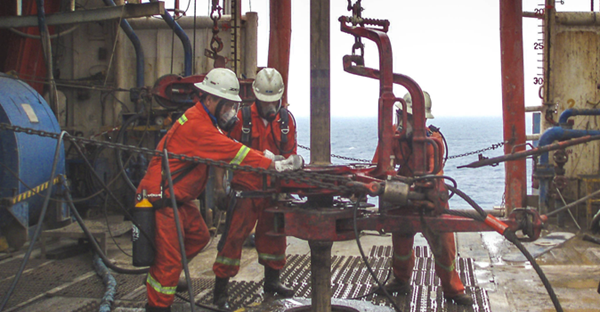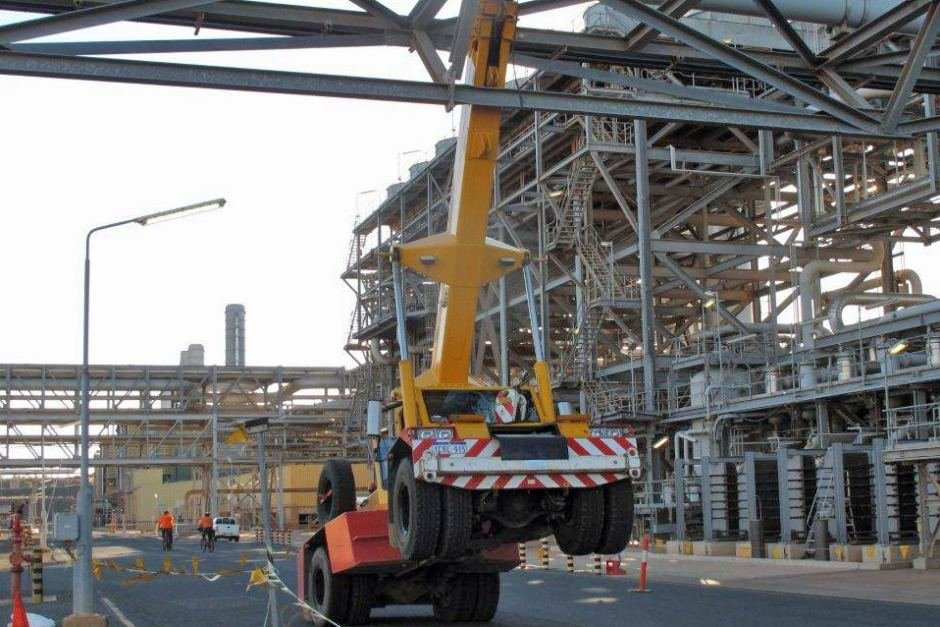Drilling fluids perform various functions. They lubricate drill bits, remove cuttings, and provide a barrier for well control. Inhalation of vapours or skin contact can cause serious health issues, though. Drilling fluids can contain any mix of hundreds of chemicals. Since every mix can be different, workers may not know just what exposure they’ve had.

How workers are exposed
Workers can spill drilling fluid on their skin or inhale the vapours.
The risks
More than 250 chemicals can be used to create drilling fluid. Some can cause serious illnesses, including cancer. The exact recipe is usually a closely guarded secret. That makes it difficult to know what chemical exposure workers have had. Some of the more common drilling fluid additives are:
- Diesel fuel
- Gypsum
- Silica
- Mica
- Bentonite
Workers exposed to drilling fluids are at risk for:
- Dizziness
- Headaches
- Drowsiness
- Nausea
- Irritation and inflammation of the respiratory system
- Dermatitis
- Cancer
How to reduce the risks
The most effective way to reduce the risk of exposure to drilling fluid is to eliminate the source of exposure. If that’s not possible, there are other risk controls to use. When choosing risk controls, start by asking yourself the questions in the following steps. The steps are listed in order of effectiveness.
This involves eliminating the hazard by substituting a safer process or material, where possible. It is the most effective control. Some questions to consider:
- Can a less hazardous substance be used in making the drilling fluid?
- Can diesel in spray/wash guns be eliminated?
Making physical modifications to facilities, equipment, and processes can reduce exposure. Some questions to consider:
- Can the drilling fluids be enclosed?
- Can ventilation be improved in areas where fluid is agitated?
- Can automatic fluid sampling devices be used?
- Can barriers be placed between travel pathways and sources of exposure?
These include changing work practices and work policies. Providing awareness tools and training also count as administrative controls. All can limit the risk of drilling fluid exposure. Some questions to consider:
- Have you developed a written exposure control plan?
- Can warning signs be posted in the work area?
- Can housekeeping and cleanup procedures be improved?
This is the least effective control. When used, there must always be at least one other control in place as well. Some questions to consider:
- Do workers have the proper gloves, boots, eye wear, protective clothing, and respirators?
- Has personal protective equipment been tested to make sure it is working properly?



